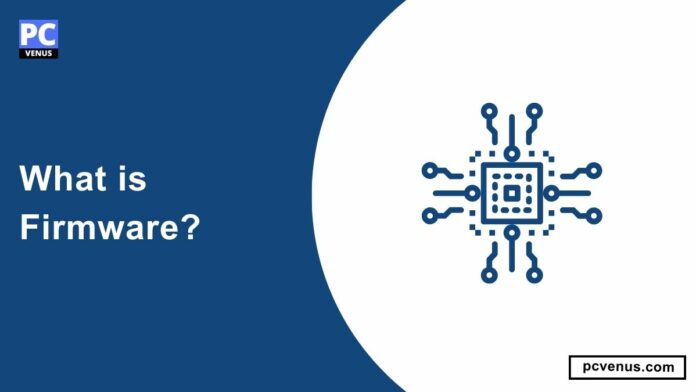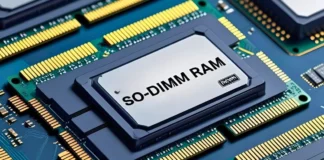Our devices are powered by hardware and software and a less-known yet crucial element – firmware.
Firmware makes our gadgets come alive, which helps them do their work, make changes when needed, and stay safe.
We will discuss firmware in this article, exploring its evolution, components, significance in electronic devices, and the importance of regular updates.
What is Firmware?

Firmware is a special type of software that is permanently stored as a set of codes in the non-volatile memory of electronic devices. This software works as a bridge between the hardware and software of the device.
Evolution of Firmware
In the beginning, when computers were new, firmware was basic and was used to initialize the hardware. It was stored on ROM (read only memory) chips and was rarely changed after manufacturing.
As technology progressed, the demand and need for computers increased greatly. This also led to the firmware becoming more advanced, handling tasks such as device setup and user interaction. With embedded systems and IoT devices, firmware became customizable, allowing users to adjust settings.
Firmware is important for device security as manufacturers create firmware to add security features like secure boot and encryption to make the device more secure. Still, its periodic updates are important to fix vulnerabilities and protect devices from attacks.
Like never before, updating the firmware has now become easier as features like over-the-air (OTA) updates have come. This feature allows users to download and install updates wirelessly.
Firmware as a Service (FaaS) is a new concept. This ensures continuous updates throughout the device’s lifetime, keeping it secure and up to date.
As AI advances, firmware integrates with AI for smart features and automation. AI helps optimize device performance and improve user experience.
Key Components of Firmware
1. Bootloader
The bootloader is the initial program of firmware that runs when a device turns on or restarts. It is responsible for initializing the hardware, performing self-tests, and loading the main firmware or operating system.
2. Device Drivers
Device drivers are software components that allow firmware to interact with and control specific hardware devices or peripherals. They provide the instructions and protocols necessary for the firmware to communicate with and effectively use hardware components. So everything runs together without any problems.
3. Libraries and APIs
Firmware often includes libraries and application programming interfaces (APIs) that provide pre-written code and functions for common tasks or interactions. These libraries and APIs simplify the development process and enable firmware developers to leverage existing code and functionalities.
4. Configuration Files
Firmware includes configuration files that store settings and parameters specific to the device or a user’s preferences. These files allow users or administrators to customize certain aspects of the device’s behavior or functionality.
5. Control and Logic Algorithms
Firmware contains control and logic algorithms that determine how the device operates and responds to different inputs or events. These algorithms handle tasks such as sensor data processing, decision-making, and coordinating the device’s functionalities.
6. Security Mechanisms
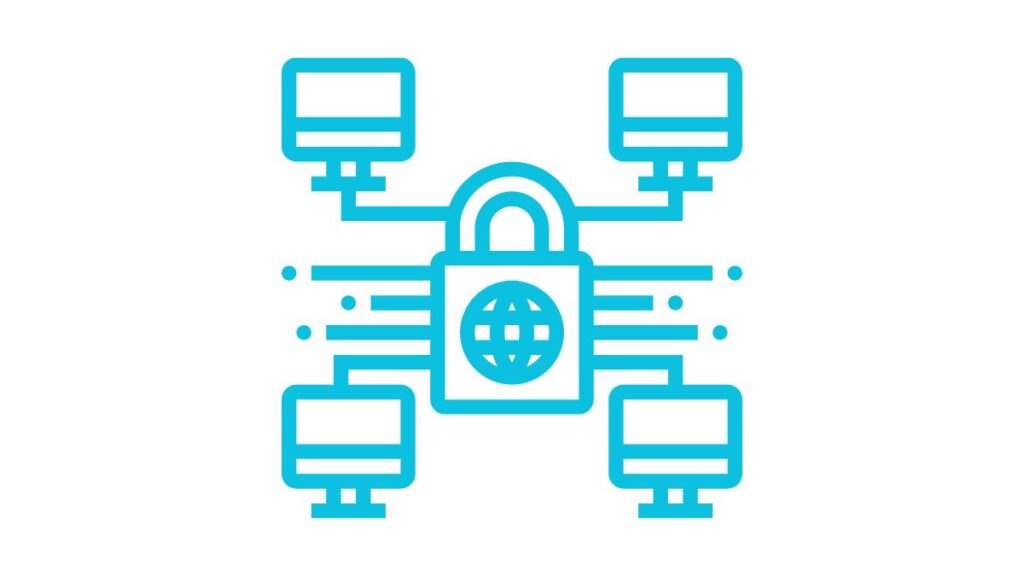
Firmware often includes security features and mechanisms to protect the device and its data from unauthorized access, attacks, or vulnerabilities. These mechanisms include encryption, authentication protocols, secure boot, and firmware integrity checks.
7. User Interfaces
Depending on the device, firmware may include user interfaces that allow users to interact with and configure the device. These interfaces can range from simple text-based menus to graphical user interfaces (GUIs) with buttons, menus, and displays.
Importance of Firmware in Electronic Devices
Firmware plays a critical role in electronic devices and is important for several reasons:

1. Device Functionality
When the device is turned on, Farmware initializes all the hardware components of the device. It manages the device’s hardware, such as processors, memory, input/output interfaces, and peripherals.
Apart from this, it enables the specific features of the device, like camera settings, network, and power management, and it also ensures during boot that all the operating systems and all the accompanying software are loaded correctly or not.
2. Hardware Communication
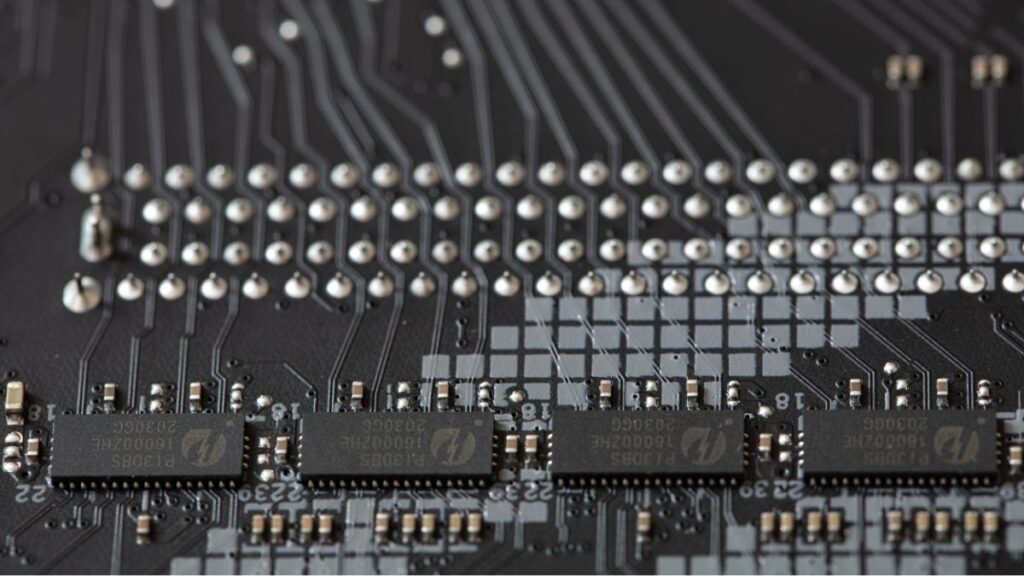
Firmware acts as a bridge between hardware components and software applications that interact with the device. It enables communication and data exchange between various hardware components such as processors, memory, input/output interfaces, and peripherals, making them work together seamlessly.
3. Performance and Optimization
Firmware updates can improve the performance and efficiency of electronic devices. Manufacturers regularly release firmware updates to fix bugs, enhance stability, and optimize the device’s performance. By keeping the firmware up to date, users can ensure their devices operate at their best.
4. Security
Firmware updates often include security patches that address vulnerabilities discovered since the release of the device. Keeping the firmware updated helps protect against potential security threats and unauthorized access. It is essential for maintaining the device’s security and protecting sensitive data.
5. New Features and Compatibility
Firmware updates can introduce new features and functionalities to electronic devices. These updates may expand the device’s capabilities, provide compatibility with new software or hardware, or enhance the user experience. Regularly updating firmware allows users to take advantage of these advancements.
Significance in Electronic Devices
Firmware directly influences how devices function, from controlling hardware components to enabling software applications. Without firmware, devices would lack the intelligence to perform their intended tasks.
Security is a paramount concern in the digital age. Firmware vulnerabilities can be exploited by malicious entities, making regular updates crucial for safeguarding personal and sensitive information.
A well-optimized firmware contributes to a seamless user experience. It ensures that devices respond promptly to user commands, minimizing lag and enhancing overall satisfaction.
Firmware vs Software
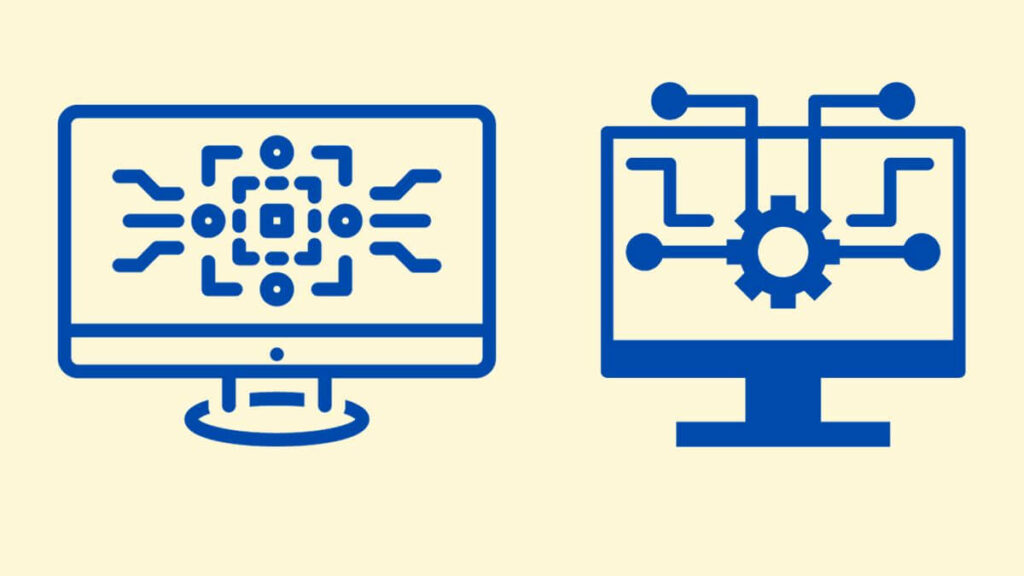
The firmware and software are interconnected, and they serve distinct purposes. Firmware is closely tied to hardware and is essential for device functionality, whereas software encompasses a broader range of applications.
Firmware and software work together to deliver a cohesive user experience. Understanding their interdependence is essential for comprehending electronic devices’ holistic functioning.
| Feature | Firmware | Software |
|---|---|---|
| Definition | Low-level instructions embedded in hardware to control basic functions | Set of instructions that tells computer systems how to execute specific tasks |
| Location | Stored on non-volatile memory directly on hardware (e.g., ROM, flash) | Installed on removable storage devices (e.g., hard drives, SSDs) or loaded into memory for execution |
| Size | Typically smaller and often limited to few KB or MB | Ranges from KB to GB or even TB |
| Complexity | Less complex, focused on specific hardware operations | More complex, able to perform diverse tasks and interact with different hardware components |
| Updatability | Often more difficult and requires specific tools or procedures | Generally easier to update, often through simple downloads and installations |
| User interaction | Doesn’t directly interact with users | Interacts directly with users through graphical interfaces, applications, and commands |
| Examples | Device drivers, BIOS, printer firmware, embedded system firmware | Operating systems, applications, games, word processors, productivity software |
| Key Differences | Hardware-specific | More versatile and adaptable |
| Advantages | Efficiently controls hardware and optimizes performance | Enables diverse functionality and user experience |
| Disadvantages | Limited functionality and adaptability | More susceptible to vulnerabilities and bugs |
Challenges in Firmware Development
Complexity
Firmware development poses unique challenges due to the intricate nature of hardware-software integration. Developers must navigate complex codebases to ensure optimal device performance.
Compatibility Issues
Ensuring firmware compatibility across diverse hardware configurations adds another layer of complexity. Developers must address compatibility issues to guarantee a seamless user experience.
Security Vulnerabilities
Firmware must be fortified against vulnerabilities, making it a prime target for cyberattacks. Security measures should be a priority throughout the firmware development lifecycle.
Misconceptions about Firmware
One common misconception is that firmware and software are interchangeable. Understanding their distinctions is crucial for users seeking to troubleshoot issues or make informed decisions about device maintenance.
Some users need to pay more attention to the role of firmware, assuming that regular updates are inconsequential. Highlight the critical functions performed by firmware to dispel these misconceptions.
Importance of Regular Firmware Updates
Firmware updates often include performance enhancements and optimize device speed and responsiveness. Regular updates ensure that devices continue to deliver peak performance.
Security vulnerabilities evolve, making regular updates essential for plugging potential breaches. Staying current with firmware updates is a proactive measure to protect against emerging threats.
Well-maintained firmware contributes to the longevity of electronic devices. Updates can address issues that arise over time, extending the useful lifespan of the device.
How to Check and Update Firmware
To check and update firmware on a device, you can follow these general steps:
1. Identify the device
Determine the specific device you want to check and update the firmware. This could be a computer, laptop, smartphone, router, printer, or other electronic device.
2. Visit the manufacturer’s website
Go to the official website of the device’s manufacturer. Look for a support or downloads section on the website.
3. Locate the firmware section
Within the support or downloads section, find the firmware section or page. It may be labeled as “Downloads,” “Support,” or “Firmware Updates.”
4. Find your device model
Look for your device model in the list provided. Manufacturers often organize their firmware updates by device model to ensure compatibility.
5. Check for available firmware updates
Once you’ve found your device model, check for any available firmware updates. This information is usually displayed alongside the firmware version number and release notes.
6. Download the firmware update
If a firmware update is available, download it to your computer or directly to the device, depending on the manufacturer’s instructions. Follow any specific download procedures provided.
7. Follow the installation instructions
Read the installation instructions carefully before proceeding. Some firmware updates may require specific steps or additional software tools for installation.
8. Install the firmware update
Install the firmware update according to the provided instructions. This may involve running an installer on your computer, accessing a firmware update menu on the device itself, or using dedicated firmware update software.
9. Allow the update to complete
Once the firmware update process begins, allowing it to complete without interruption is important. Do not power off the device or disconnect it during the update process, as this can cause issues.
10. Verify the update
After the firmware update is complete, verify that the new firmware version is installed on the device. Some devices have a settings menu or system information section where you can check the firmware version.
Risks of Ignoring Firmware Updates
Security Vulnerabilities
Neglecting firmware updates exposes devices to potential security vulnerabilities. Educate users about the risks associated with outdated firmware and the importance of staying vigilant.
Compatibility Issues
Outdated firmware may lead to compatibility issues with newer software or hardware components. Addressing these issues promptly through updates is essential for maintaining seamless device operation.
Future Trends in Firmware
Integration of AI
Integrating artificial intelligence (AI) in firmware is a promising avenue. Smart devices with AI-powered firmware can adapt to user behavior, optimizing performance and energy efficiency.
Over-the-Air Updates
The convenience of over-the-air updates is reshaping how firmware is delivered. Users can receive and install updates wirelessly, eliminating the need for manual interventions.
Enhanced Security Measures
Future firmware iterations are expected to implement robust security measures, safeguarding devices against evolving cyber threats. Encryption and secure boot processes will play a pivotal role in fortifying firmware.
You Might Also Like
FAQs
Why is firmware important for electronic devices?
Firmware is essential for making devices work properly. It acts as the go-between for the physical hardware and software programs. Firmware ensures all the components can talk to each other smoothly and work together best.
How often should I update my device’s firmware?
Regular updates are recommended to address security vulnerabilities, improve performance, and extend the device’s lifespan. Check for updates periodically.
Can neglecting firmware updates lead to security risks?
Yes, outdated firmware may expose devices to security vulnerabilities, making them susceptible to cyber threats. Regular updates are a preventive measure.
Is firmware same as software?
While related, firmware and software serve distinct purposes. Firmware is closely tied to hardware and is essential for device functionality, while software encompasses a broader range of applications.
Are over-the-air updates safe for firmware?
Yes, over-the-air updates are a secure and convenient method for delivering firmware updates. They eliminate the need for manual interventions and ensure timely updates.
